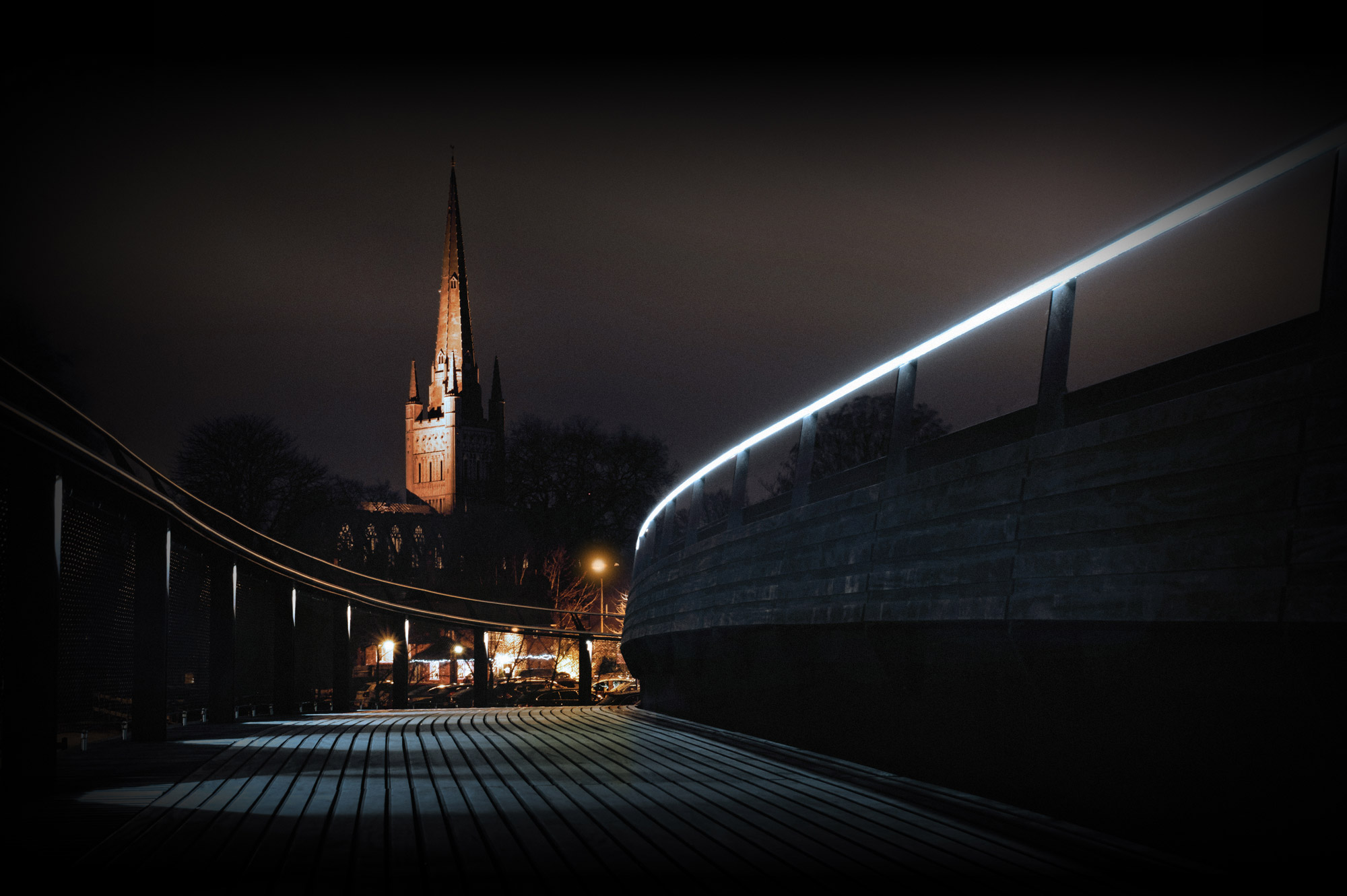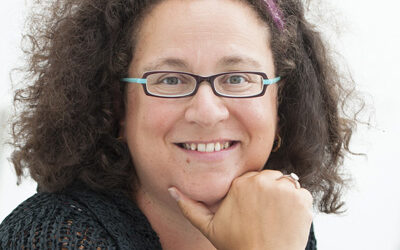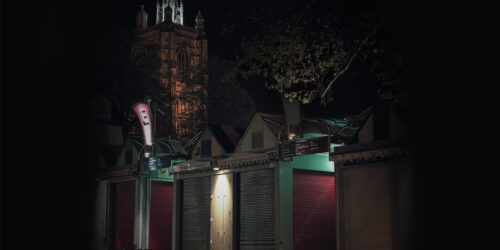
Nicola Upson’s crime novels featuring the author and playwright Josephine Tey have been widely praised as ‘historical crime fiction at its very best’ and ‘a masterstroke of literary theft’. Set in the 1930s, each novel weaves an original murder mystery around a celebration of Tey’s life and work, featuring events which defined those years and bridging the gap between the Golden Age and the contemporary. Her latest book, Nine Lessons, was a Publisher’s Weekly Best Mystery of 2017 and is shortlisted for the 2018 CWA Historical Dagger.
“Don’t ever think of your characters as belonging to the past”
Nicola is a regular NCW Crime Fiction tutor. Explore our online tutored courses >>
Here are Nicola’s five tips for writing historical crime fiction:
1. Think before you start
You can never predict when an idea for a new book will arrive or what will spark it – a snatch of overheard conversation or a lonely stretch of landscape, perhaps just a quirk of history that not many people know about; the moment that it happens is thrilling and it’s tempting to jump straight in – but of every dozen ideas for a novel, the chances are that only one of them will be rich enough to sustain a multi-layered plot and a memorable cast of characters. There’s nothing worse – believe me – than getting 20,000 words in and wishing you’d never started, so make sure you choose wisely. My novels always explore something I’m fascinated by, something that troubles me or makes me angry, something I’m bewildered by and want to understand. You’ll be living with this book for a long time, not just through the writing but through all the promotion that follows – so above all it has to excite you.
2. Wear your research lightly
I love researching my books. Out of a kernel of truth, a plot can develop and gain its own momentum, and Josephine Tey’s life and the social history of the 1930s have proved so interesting that they lead the series in directions I never imagined. My novels often take their inspiration from letters discovered in archives or from true crime and real people – from Alfred Hitchcock and M.R. James to Edwardian baby farmers and the Cambridge Rapist – but you have to know when to stop and allow the book to breathe. Too much knowledge can stifle the imagination, so be ruthless about how much research you include and never let facts get in the way of a good story.
3. Don’t be constrained by your period
It goes without saying that historical crime fiction should be authentic to the period in which it’s set, but don’t be afraid to give your writing a modern edge. My books are about the interwar years, but they’re not bound by the same constraints that affected the writers of the Golden Age. They’re not cosy. The 1920s scandal that Josephine sets out to investigate was actually based on the conspiracy-fuelled death of Rolling Stone’s founder Brian Jones at Cotchford Farm in 1969 – not an obvious reference for period crime fiction, perhaps, but one age is often a window to another, and it’s surprising how easily the 1960s mirror the 1920s: clubs and music, freedom and excess, scandal and cover-up.
4. Walk the same streets as your characters
A sense of place is very important to my books, and it’s essential to spend time in the locations I’m writing about – it creates an atmosphere that stays with me as the book progresses, and adds a level of authenticity for the reader, a realistic physical world for my fictional characters and mystery. The ghost stories of M.R. James were central to my latest book, Nine Lessons, so I went to the places that inspired them: a remote stretch of coastline in Suffolk; a derelict Martello Tower, unchanged since the age of Napoleon; a beautiful churchyard in Hampstead, where graves of famous actors and musicians sit by ordinary bakers and chimney sweeps. I visited at dusk or after nightfall, in late autumn/early winter (the time of year that the book is set is also important), and my memories of that are recreated in the murder scenes for the book, adding a genuine feeling of menace and fear for the reader. Google maps and street views are great for checking a detail, but they never give up the sounds and smells that make a place distinctive, they never reveal who’s walking behind you. Go for yourself. Apart from anything else, it’s fun.
5. Know your characters like you know your friends
How well we can ever really know someone isn’t just a question for writers – we ask it every day of those we love and strangers we meet – but it’s what you must have in your mind at every stage of your book. The joy of writing a series is that you go on a journey with your characters, so bear that in mind when you start to create them and don’t tie yourself down to things you’ll regret later. A book will live or die on whether a reader believes in and cares about your characters, so they need to feel as real to you as your friends are. And even if you’re writing historical fiction, as I am, don’t ever think of your characters as belonging to the past; they live and breathe (and die) with you in the moment, otherwise they’ll never be convincing on the page.







